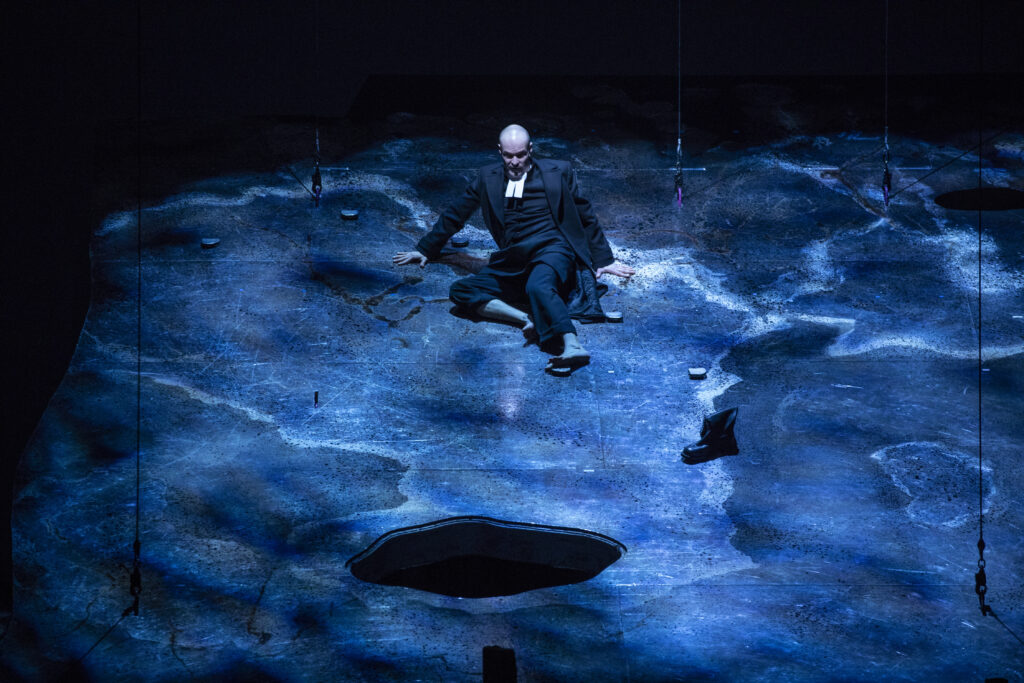
An opera that rings with the power of nature
The music must describe the beautiful yet merciless sea and ice, and how small and powerless we are against their might. These were composer, conductor and violinist Jaakko Kuusisto’s first thoughts when starting to work on his new Finnish opera, Ice. It is based on Ulla-Lena Lundberg’s bestselling novel.
Composer Jaakko Kuusisto talks about the opera world premiere
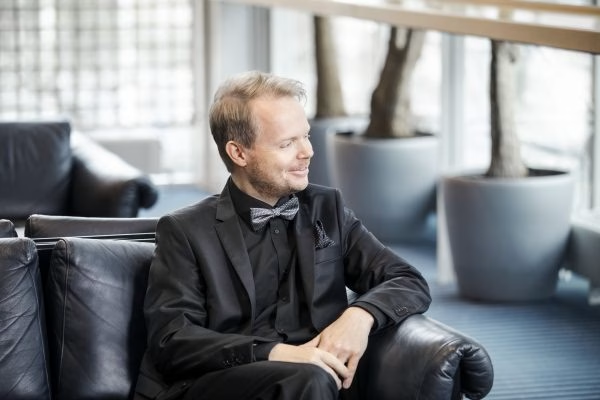
Having lived in the outer archipelago of Finland, Kuusisto knows how the harsh setting of Ice emphasises the conflict between humankind and nature. ”I remember my childlike enthusiasm when reading Ice for the first time, as it’s such an accurate description of life in the archipelago. The commission held instant appeal to me, and the score took shape fast. Had the story been less inspiring, I wouldn’t have finished the task so quickly,” Kuusisto says.
The story of Ice begins with happy expectation and ends in cruel tragedy. The opera is about the life of a priest and his family in the outer archipelago. ”Very little happens on the outside, but there’s intense drama brewing under the surface. That kind of a story is full of possibilities for the composer,” Kuusisto explains.
One of the key themes of the story is the blurred line between everyday life and life after death. The people who have fallen through the ice become guides who warn the living about the treacherous sea. Kuusisto wanted the music to clearly showcase when the line between life and death is crossed. ”The scenes involving another dimension have more modern elements. The sound is subtly processed and there is quiet yet ominous background noise of howling wind. It’s not a roar but a sinister rumbling.”
Nevertheless, Kuusisto assures that the music of Ice stays true to opera tradition with its arias, choir scenes and intermezzi. Naturally, hymns are in abundance in an opera about a priest. The choir plays a central role. Orchestration is also important, as Kuusisto, a self-confessed ”orchestra freak”, particularly enjoys composing for a large ensemble.
The most powerful scenes in Ice are still the arias. According to Kuusisto, the priest’s wife Mona’s aria at the end crystallises the very essence of the story. ”Mona, the other protagonist, is an uptight and efficient person who can only express her love and tenderness towards her husband after his death. I composed that scene first because it’s so imposing in the novel, too. I got the feeling that nothing could be as deeply affecting as that aria in the opera,” Kuusisto says.
Text TUIKE LEHKO
Photos PETRA TIIHONEN
Recommended for you
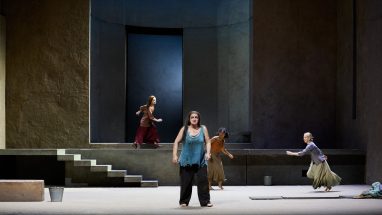
The perfect revenge?

Tosca – perfectly built, well made piece, but full of rough edges
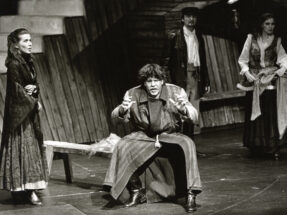
A man from a dream
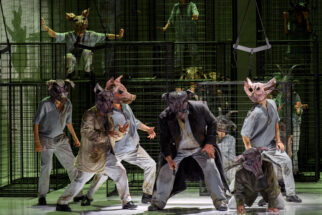
”Opera should be full of life”
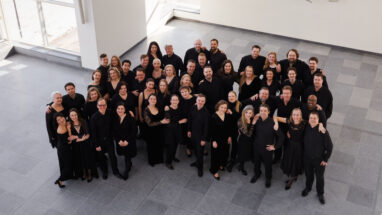
The Chorus Singers’ Association was founded 80 years ago
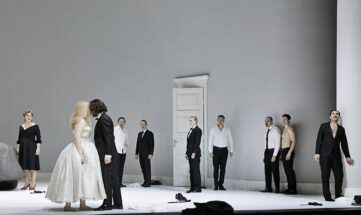
An intimacy choreographer helps create a safe working environment

“Strauss’s music reveals Salome’s innocence”


